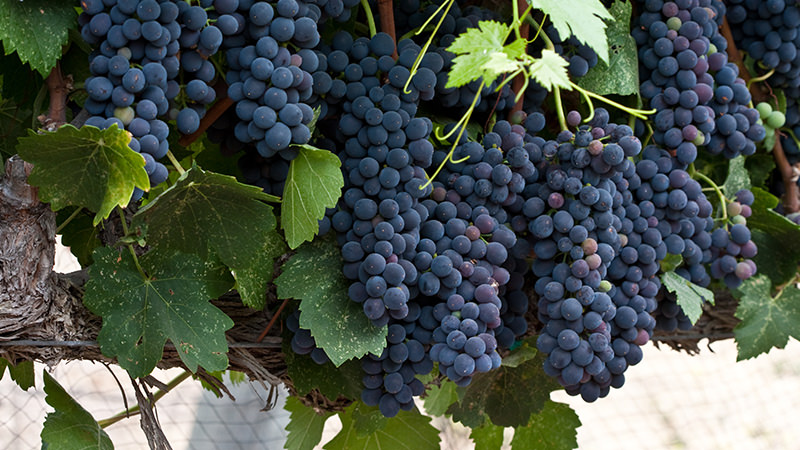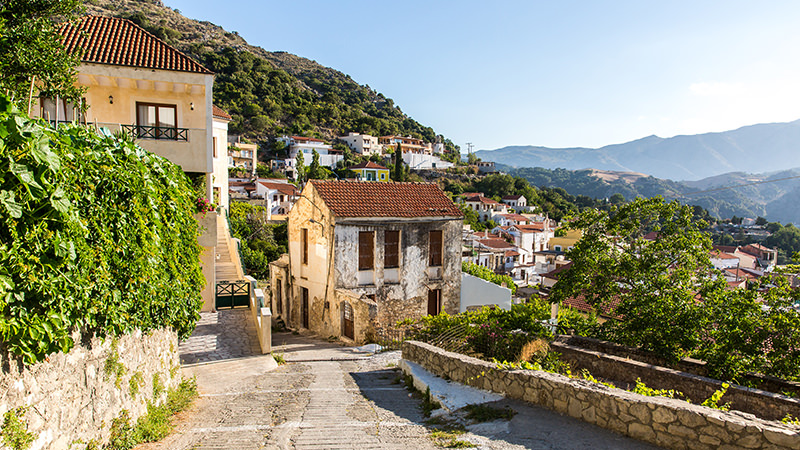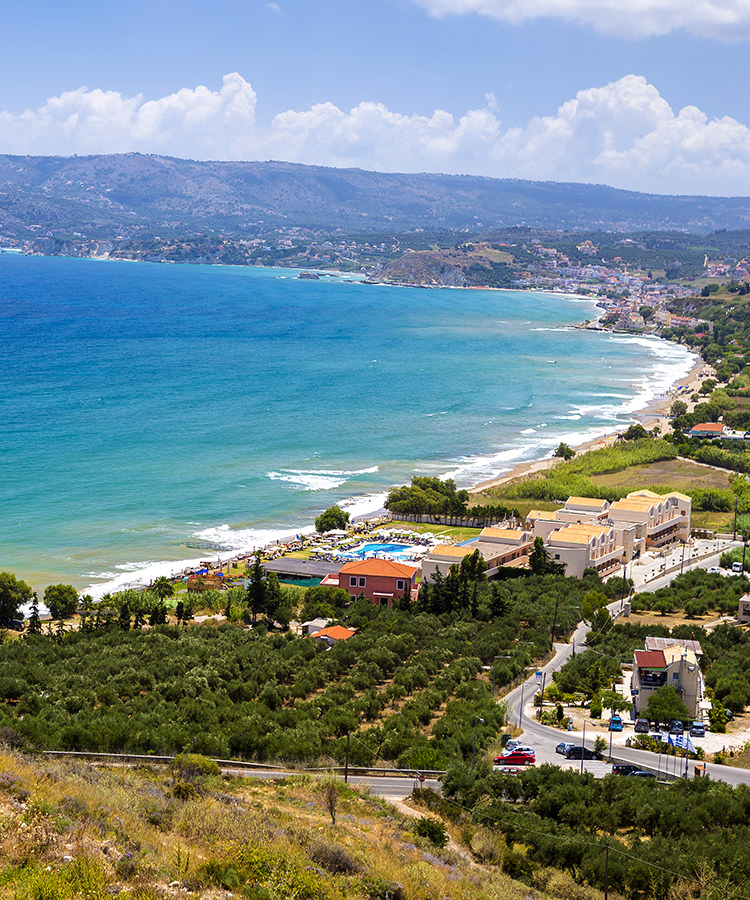A day of tasting isn’t nearly enough time to get one’s head around the complexities of Cretan wine. Hell, a year might not be sufficient.
Given the stunning range of microclimates, soil types, and indigenous grapes on this Greek isle, you’ll want to take your time. The largest island in Greece, Crete is said to be Europe’s oldest wine region in continuous use. High-altitude vineyards coexist with ancient Minoan winemaking equipment dating to 1500 B.C.E.
Now, after years of farming foreign varieties, local winemakers are replanting and pursuing indigenous grapes, much to the delight of the global wine community. These savory, herbal wines are well-matched with Cretan cuisine, which features a plethora of wild herbs and greens, acidic cheeses, and distinctly “wild”-tasting lamb.
Just as the health benefits of Mediterranean diets have become internationally renowned, so too do Crete’s wines deserve attention. Well-priced with vitality, uniqueness, and a sense of place, Cretan wines are poised to become favorites of sommeliers and wine lovers worldwide. Here are a few indigenous and international Cretan varieties with incredible potential.
Vilana
Often a high-yielding white deployed in cheap if perfectly pleasant light-bodied wines, a few producers are exploring what Vilana can be when treated with greater care. Nikos Gavalas, of Gavalas Winery, focuses on purity and minerality, using green harvesting to limit yields and produce wines with generous stone and tree fruits and a fairly rich texture, while still retaining bright acid and minerality. Domaine Paterianakis, an organic winery, and Lyrarakis Winery also produce high-quality Vilana with potential for such tension.
Vidiano
The easy comparison here is to Viognier, as both grapes can tend toward pronounced floral notes and somewhat diminished acidity. While Vidiano lacks the phenolic bitterness of Viognier, it does show some texture and structure, in particular again in Gavalas’s wines. It is often paired with Vilana, to potentially great effect.

Moschato Spinas
One among seemingly endless Muscat variants, many Moschato Spinas wines tend toward a fresh floral and sweet fruit sensibility, with less muskiness and funk. That could have quite a bit to do with the general growing conditions on Crete: warmth and sun, but with moderated temperatures and a lot of wind. Unsurprisingly, Moschato Spinas is also sometimes used for sweet wines, as at Boutari, where the grapes are air-dried for a week or so before pressing.
Dafni
A beguiling white varietal, the name of this variety is derived from the Greek word for laurel, and indeed this wine has a pronounced bay leaf scent, along with other dried green herbs. It is somewhat reminiscent of Viura, as well as some herbal whites from France’s Rhone Valley. It’s a particularly excellent pairing with the wild herbs that are a mainstay of Cretan cuisine, especially when also paired with aged sheep’s milk cheese.
Kotsifali
Many Cretan winemakers consider this red to be the most important wine on the island, and the one most capable of expressing a sense of place. Despite relatively low pigment levels, Kotsifali can pack quite a punch, with deep savory aromas, structured tannins, and comparatively high alcohol levels. At its best, it is reminiscent of varietals like Nebbiolo, Nerello Mascalese, and, perhaps most fittingly, Xinomavro, though it’s also clear that Cretan producers are still figuring out whether to make it as a single-varietal wine or a blend.
Mantilari
The natural blending partner to Kotsifali, Mantilari has deeper pigment, more generous red and black fruit notes, and a richer texture. The best blends are akin to Chateauneuf-du-Pape in their combination of ripe fruit and savory, earthy notes. On its own, it seemed to lack enough structure to be truly dynamic, but again, producers are just starting to scratch the surface of what this varietal can do.

Syrah
International varieties such as Chardonnay, Sauvignon Blanc, Cabernet Sauvignon, and Merlot are still grown throughout Crete. None show as much potential as Syrah, which, at Domaine Paterianakis, has an almost Cornas-like sense of baked earth, olive tapenade, and cured meat. It also lends a slightly different savory note to blends of Kotsifali and Mantilari, which several producers are exploring.
